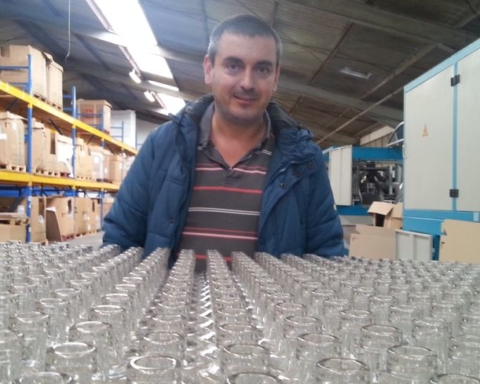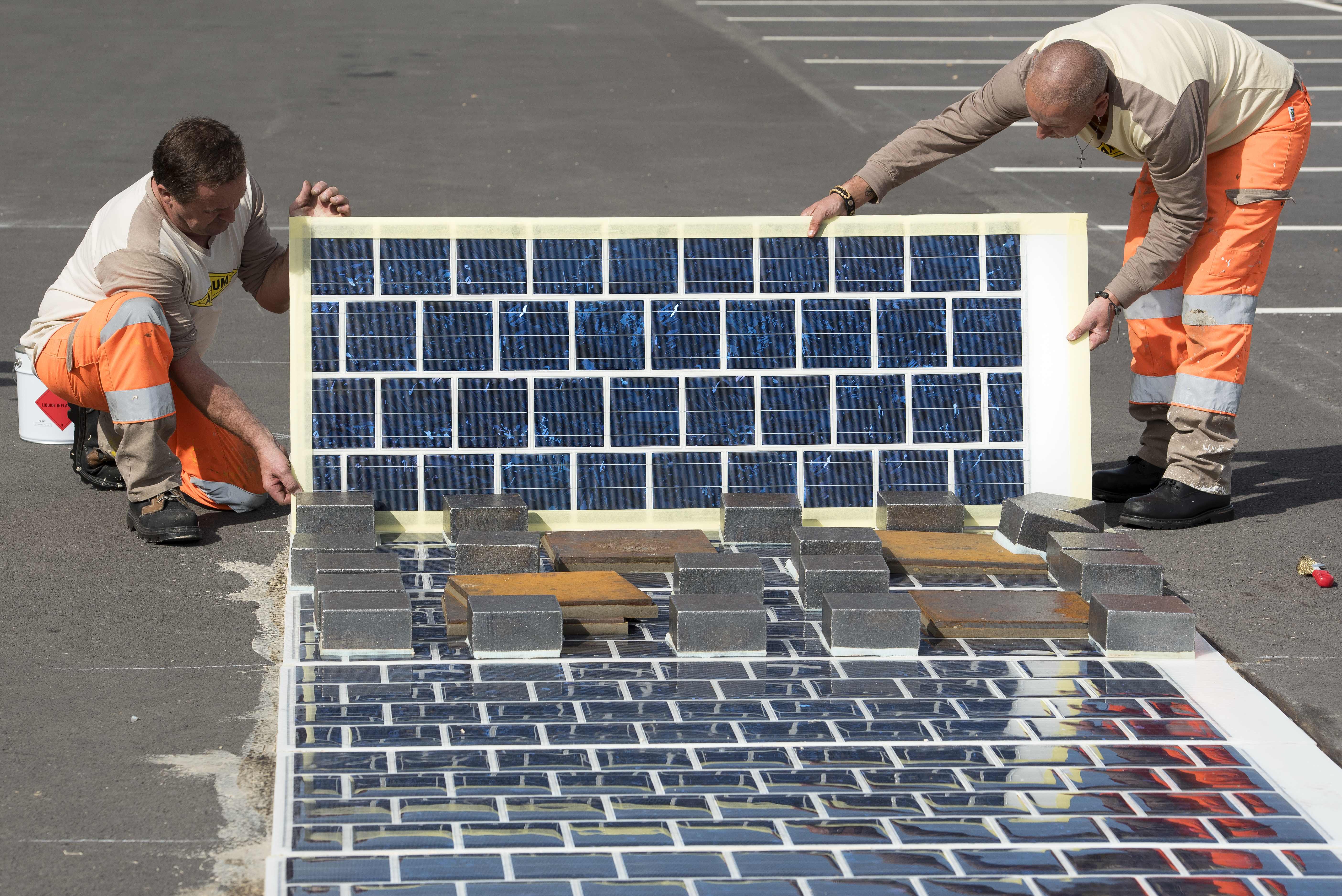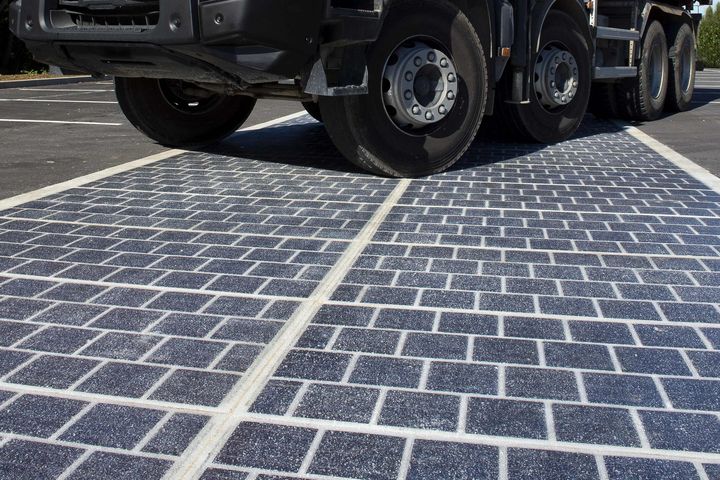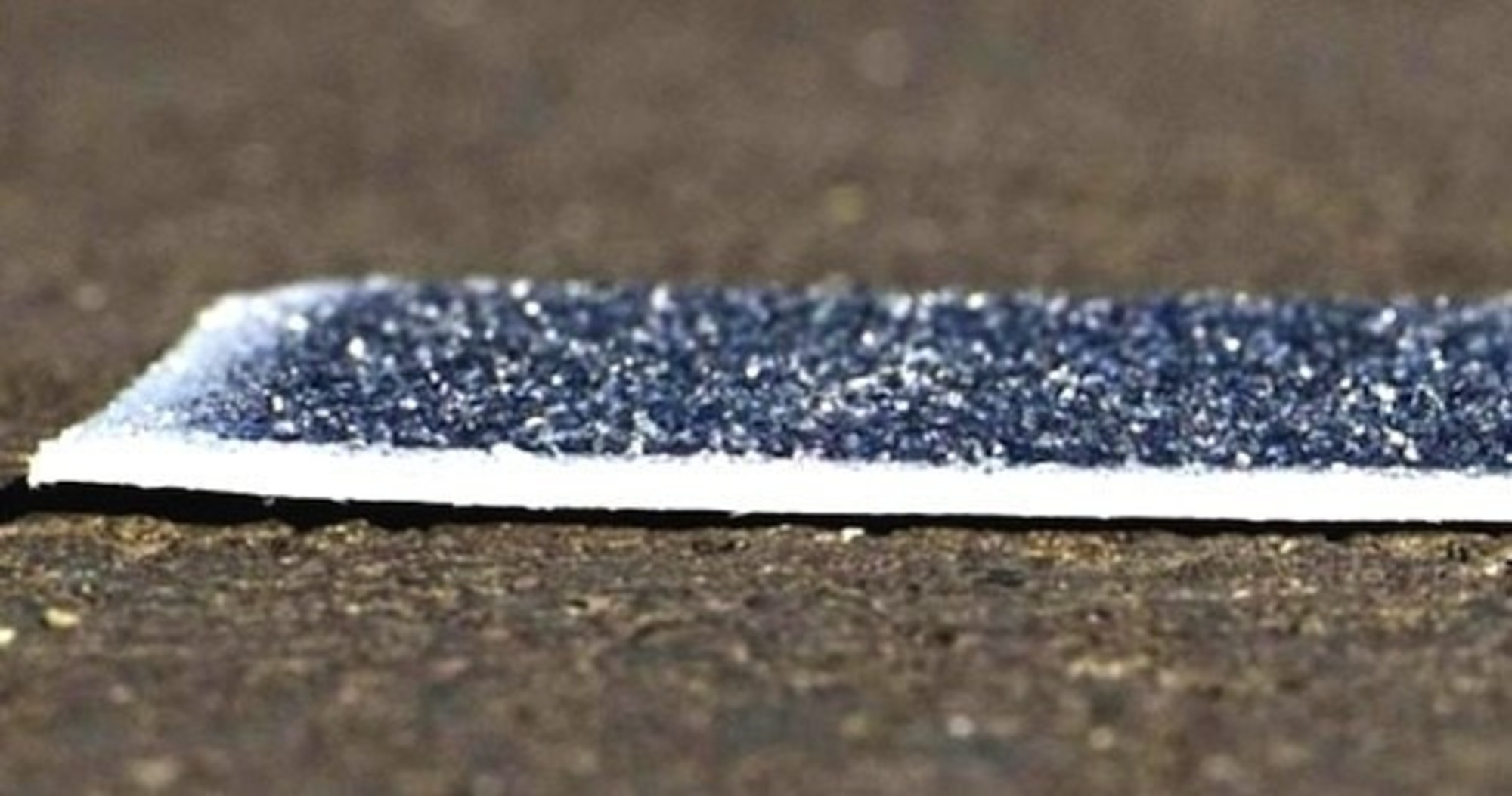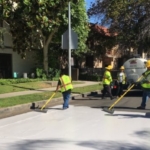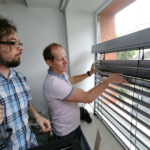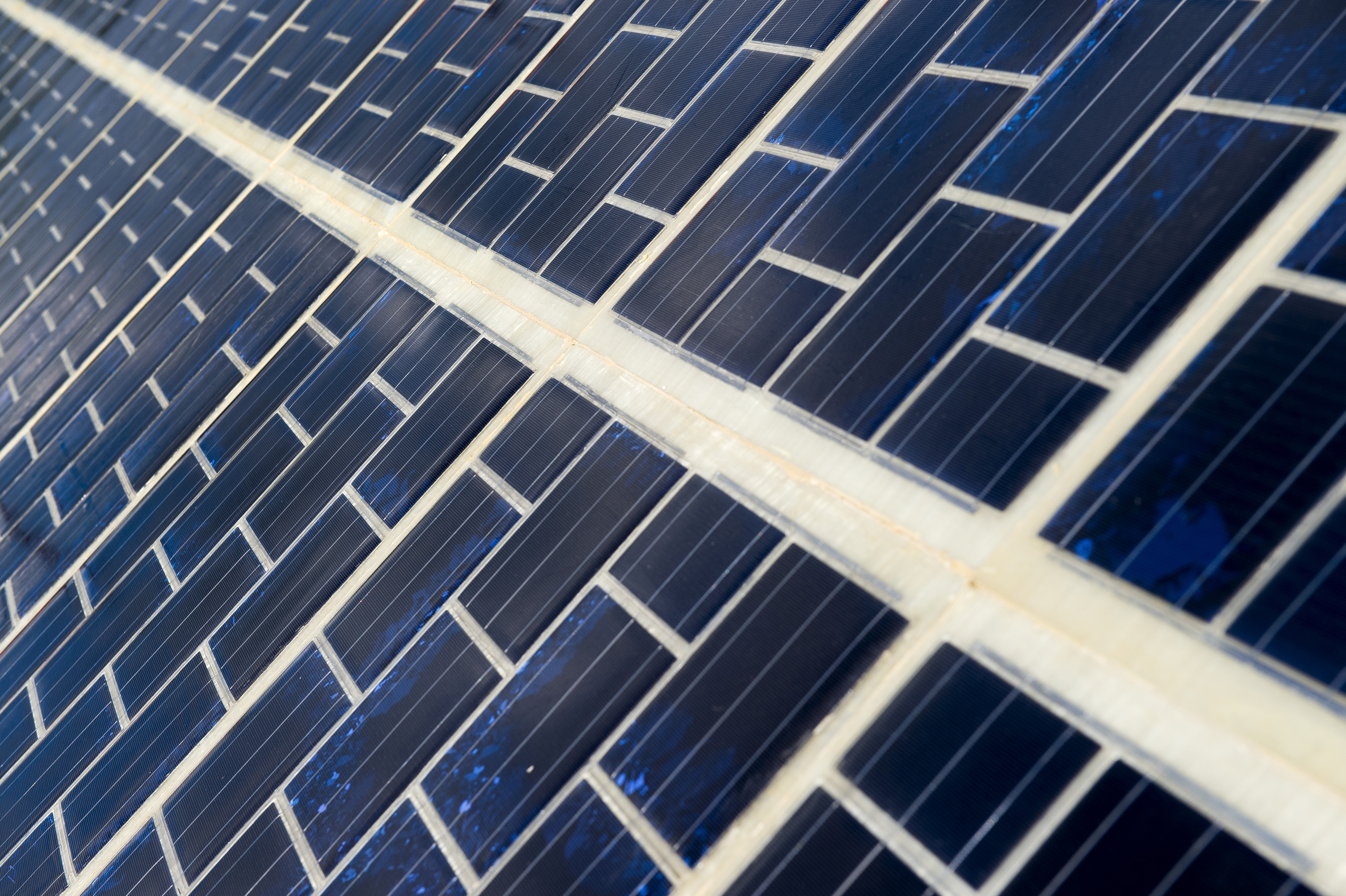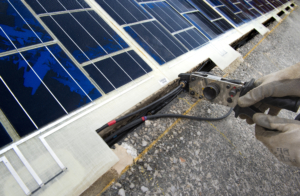Los Angeles is painting its streets white to guard against climate change
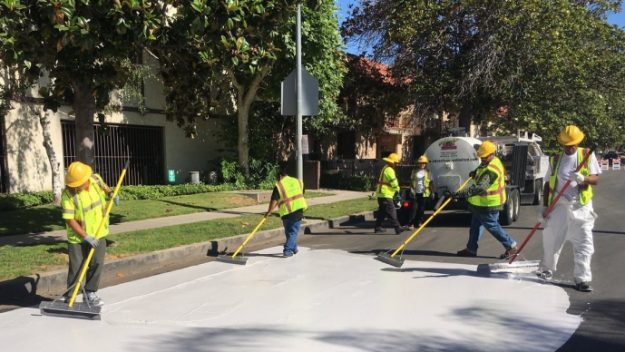
And if it were enough to paint the roads in white to limit the extreme heat in the city? This is what the city of Los Angeles is experiencing, where temperatures are around 40 ° C in summer. This simple technique requires very little investment for an immediate result. The city of the Angels is one of the first megacities in the world to test what are called “cool pavements” or “fresh pavements”. The principle is simple: apply a clear special coating and avoid reflections. Armed with perch rollers, the technical services of the municipality began to repaint the bitumen throughout the city at the beginning of August. Read more




